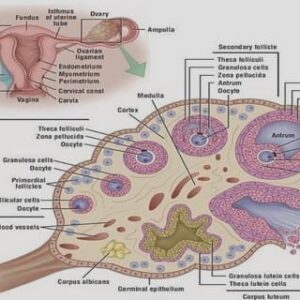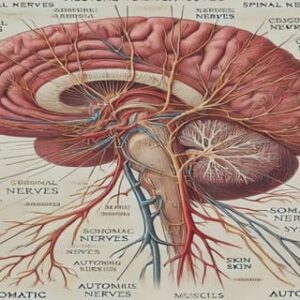(Downloads - 0)
For more info about our services contact : help@bestpfe.com
Table of contents
1. Etude bibliographique et objectifs
I. La pomme
1) Anatomie
2) La texture et son évolution, vues par les mesures instrumentales
II. RMN bas champ, IRM
1) Théorie
2) Méthodologie
3) Mécanismes de relaxation
4) Relaxation dans les tissus végétaux
5) Applications en biologie végétale
III. Contexte et objectifs de l’étude
2. MRI investigation of subcellular water compartmentalization and gas distribution in apples
I. Introduction
II. Materials and Methods
1) Fruit and sampling
2) MRI
3) Macro-vision imaging
4) Statistics
III. Results and discussion
1) Spatial distribution of T2
2) Apparent microporosity and its impact on T2
3) Tissue histology and MRI measurements
IV. Conclusion
V. Supplementary data
3. Analysis of the dynamic mechanical properties of apple tissue and relationships with the intracellular water status, gas distribution as measured by MRI, histological properties and chemical composition
I. Introduction
II. Materials and Methods
1) Fruit
2) MRI
3) Mechanical measurements
4) Macrovision Imaging
5) Chemical analyses
6) Statistics
III. Results and discussion
1) Macro-vision imaging
2) Mechanical measurements
3) MRI measurements
4) Chemical analyses
5) Principal component analysis and overall correlations
6) Cell wall polysaccharide chemistry
IV. Conclusion
V. Supplementary data
4. Effect of storage on the NMR signal of the different tissues of apple fruit
I. Material and Methods
1) Fruit
2) MRI
II. Results
1) Spatial distribution of monoexponential T2, proton density and apparent microporosity
2) Multi-exponential relaxation and apparent microporosity in specific regions
3) Evolution of the relaxation signal during storage
III. Discussion
IV. Conclusion
5. General discussion and perspectives
I. MRI measurements and data analysis
II. Relaxation mechanism in apple
1) Cell size
2) Chemical composition
3) Temperature
III. Apple mechanical properties and physiology
References



